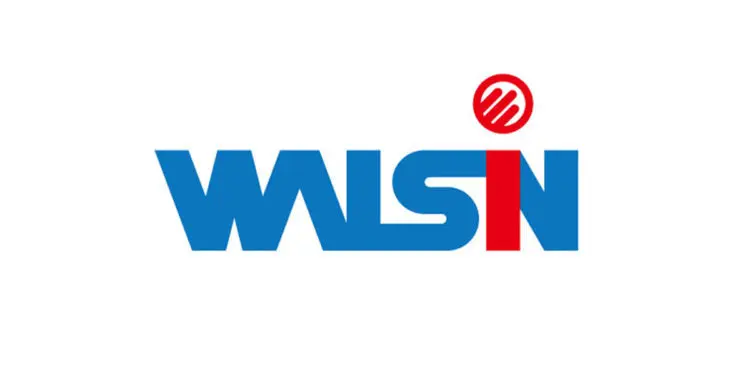Walsin Technology Corp, Taiwan passive components maker, slipped into loss due to its exposure to consumer electronics, while lagging behind its rivals in venturing into the auto market as reported by Taipei Times.
Walsin reported its first quarterly loss in about eight years due to sluggish demand for passive components used in communications and electronics amid a slowing economy.
The passive component maker posted losses of NT$490 million (US$16.08 million), or a loss of NT$1 per share, during the final quarter of last year, it said in a financial statement to the Taiwan Stock Exchange on Friday. That compares with a net profit of NT$947 million in the same period of 2021 and net profit of NT$510 million in the third quarter of last year.
Gross margin was 12.65 percent last quarter, falling from 21.4 percent a year earlier and 14.23 percent in the previous quarter. Last quarter’s losses contributed to a 79 percent year-on-year decline in net profit to NT$1.65 billion last year, compared with NT$7.93 billion in 2021, the company’s financial statements showed. Last year’s net profit was the lowest since 2015.
Revenue contracted 16.5 percent to NT$35.33 billion last year, compared with NT$42.09 billion in 2021, as softening consumer spending amid surging inflation and a slowing global economy took a toll on demand for mobile phones, computers and consumer electronics. Walsin generated the bulk of its revenue from those products.
The company has relatively smaller exposure to the automotive sector, which is one of the few areas that are still growing, despite a broad downtrend in the industry. Robust demand for passive components used in autos, particularly in Tesla electric vehicles, helped boost the book-to-bill ratio for multilayer ceramic capacitors (MLCCs) worldwide to 0.79 this month, market researcher TrendForce Corp said in a report earlier this month.
Walsin lagged behind rivals in tapping into the automotive sector, but the company is expected to expand its MLCC capacity to between 2.5 billion and 3 billion a month this year, compared with a monthly capacity of between 1.5 billion and 2 billion, TrendForce said.
The world’s major passive component makers are expected to invest heavily on automotive MLCC capacity expansions this year to vie for a bigger market share, the Taipei-based researcher said. The shift comes as demand for consumer electronics has soured since the third quarter of last year, it said.
Yageo Corp, the world’s No. 3 MLCC supplier, is also expected to add 2 billion to 3 billion to its capacity this year, following in the footsteps of its global peers, TrendForce said. With price competition accelerating, Trendforce expects Japanese suppliers to exit the low-end automotive MLCC market, while Taiwanese and Chinese MLCC makers compete for bigger market shares. Yageo is expected to see its share of the automotive MLCC market expand to 14 percent this year from 9 percent last year, TrendForce said. Murata Manufacturing Co, the world’s top massive component maker, is likely to see its share drop to 41 percent from 44 percent last year, it said.































